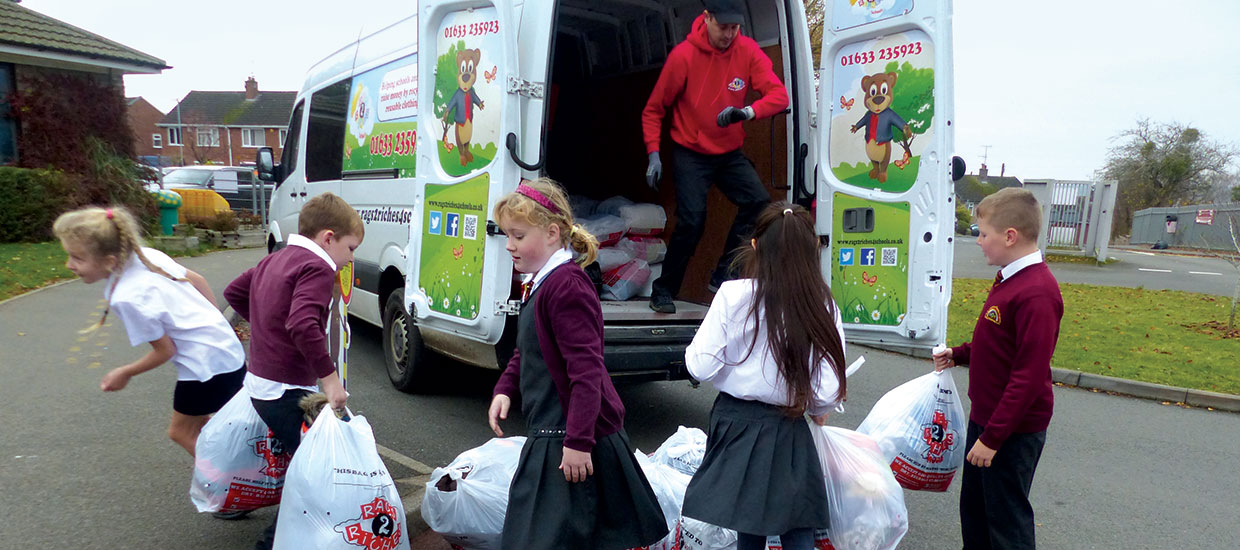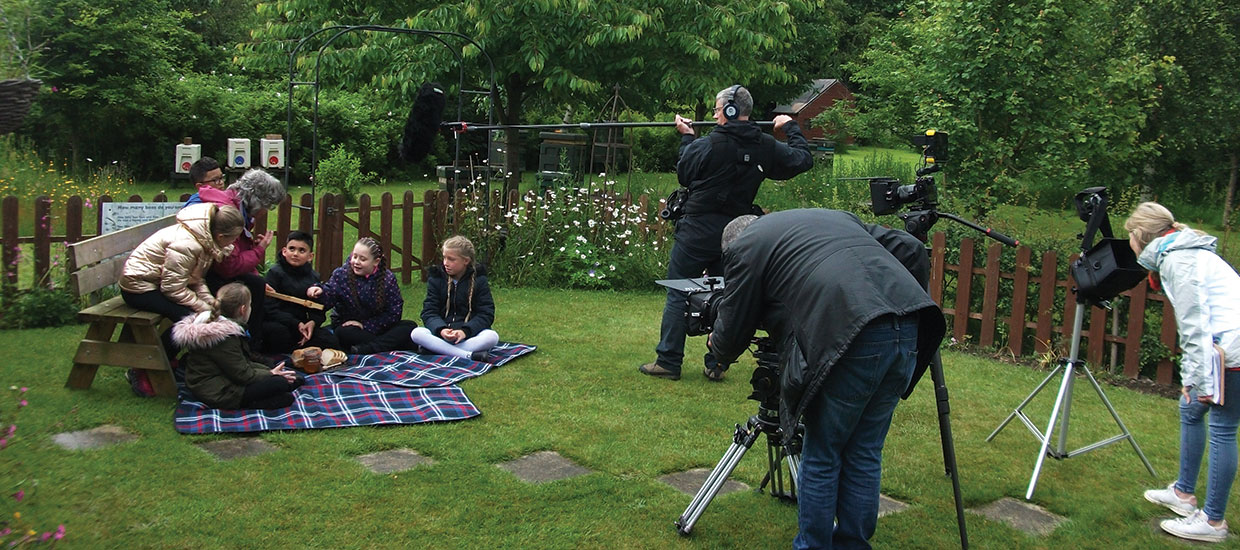Why images matter
The right visual can attract the attention of your audience and win them over to your cause, says Carol Rogerson

An essential aspect of income generation is communicating clearly and persuasively to potential supporters. Images matter because powerful visuals will instantly make your appeals and success stories more impactful, memorable and shareable, whether you’re writing an article for the school newsletter or a post on social media.
Images are immediate
The way the human brain works means we can’t help but be attracted to images. Your brain processes visual information much faster than text and can identify an image in as little as 13 milliseconds. Reading can be time-consuming; it takes a lot longer to read a sentence than to look at a picture. When you first looked at this page, what did you notice? Did you dive straight into the text or did the pictures catch your eye?
Images tell a story
Sometimes words don’t quite hit the spot, and we don’t connect with what is being said. Visuals help the storytelling process and make the text come alive. They allow us to imagine what it would be like to visit a foreign country, meet a celebrity or win a race at the school sports day. Images can provide the back story to a project, or satisfy our curiosity for a peek behind the scenes.
Images make us feel
Looking at what others are experiencing creates empathy. Think about the charity campaigns that land on your doormat: pictures of children and animals who need your help. Funny pictures make us laugh and feel happy. Pictures of wild adventures make us hold our breath.
Images help us remember
Too many words and you run the risk of overwhelming your audience. A simple, compelling image helps people remember what you said. Intersperse them with your text to give readers some breathing space and let the story sink in.
Images encourage us to share
Long-form text is a challenge on social media: Twitter users are limited to 280 characters, Facebook cuts posts off at 477 characters with a ‘see more’ tab, and Instagram posts are truncated at 125 characters. Search online for ‘social media engagement’ and you’ll be bombarded with statistics on the number of shares, likes and retweets you’ll get if you add an image to a post.
Who’s looking?
Choose the right images for your audience. Find out what matters to them and anticipate what they want to see – and why. Imagine you’ve recently refurbished your library: the bookshop that donated books will want to see them being read; a trust that provided a grant for new computers would love to see photos of children using them; the PTA volunteers who helped paint and decorate would enjoy ‘before and after’ shots of the room.
Think about how you want the audience to feel when they see what you’ve achieved – and what action you’d like them to take next.
How to do it
Don’t worry if you don’t have any keen amateur photographers on your staff; a little know-how with your smartphone can work just as well:
- Take time to learn how your phone works
- Watch a video that explains the basics of lighting and composition
- Set your phone to the highest picture quality available
- Fully charge it before you start
- Make a rough plan of the photos you’d like to take and shoot a few frames of each, just in case one isn’t in focus, or something moves unexpectedly
- Check school guidelines to ensure you’re taking photos with appropriate permissions
The library bus project at Ann Edwards CofE Primary School (see above)
Why it works: This shot reminds me of why I love reading: the opportunity to take a break and get your nose into a book. It’s great to see the two girls quietly enjoying each other’s company. By taking a step back, the photographer not only shows us more of the bus, but allows the viewer to appreciate the exciting space that’s been created at tree-top height.

St Bartholomew’s CofE Primary School and Nursery’s recycling project to raise funds for play equipment
Why it works: It could so easily have been a shot of a pile of rubbish sacks but this image has energy and pace. It’s lovely that the children are engaged with the project and busy helping out. Although this isn’t a professional shot, it perfectly captures fundraising in practice.

Ashbrow School’s beekeeping project being filmed for the BBC’s Gardeners’ World
Why it works: We’re all fascinated by TV and it’s not every day that your school has a camera crew over for filming. When I look at this photo, I immediately want to know what they did, what they’re talking about, and why it’s such a success.
- Carol Rogerson is the art director of FundEd
More on marketing and communications
